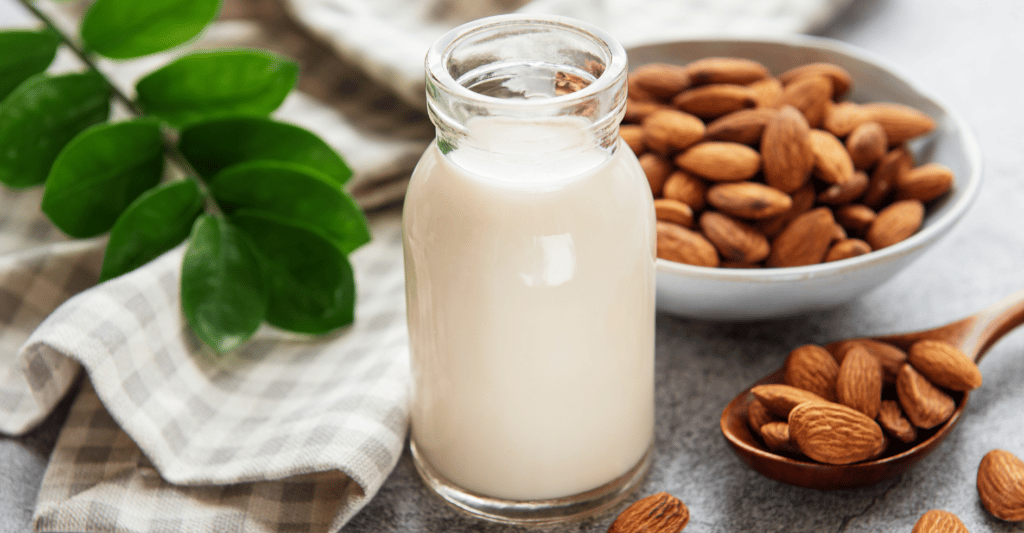Making Homemade Almond Milk
Alyssa Longo
9/4/20251 min read


Making homemade almond milk is not only a delightful culinary experience, but it significantly enhances overall well-being. When you prepare almond milk at home, you have control over the ingredients, ensuring that it is free from preservatives and additives that are typically found in store-bought alternatives. This purity means you're consuming a beverage that is healthier and more nutritious, packed with vitamins E and A, and rich in healthy fats. Furthermore, the process of making almond milk can be therapeutic, allowing you to engage in mindful cooking, which promotes mental wellness.
Another important aspect to consider is what to do with the almond pulp that remains after straining the milk. Instead of discarding it, you can repurpose this pulp in a variety of recipes, such as adding it to smoothies, incorporating it into baked goods, or using it as a base for energy balls. This not only minimizes waste but also maximizes the nutritional benefits of almonds.
If you're not ready to use the almond pulp immediately, composting it is another excellent option. Composting the almond pulp not only enriches your garden soil but also helps reduce your carbon footprint. By doing so, you're contributing to a sustainable lifestyle that aligns perfectly with the values of health and wellness.
In conclusion, making homemade almond milk and thoughtfully using almond pulp is beneficial for personal health and well-being, while also promoting environmental responsibility.